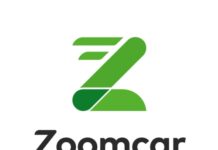India’s top lenders, alarmed by the rising tide of defaults on vehicle loans by drivers on ride-hailing apps, are applying brakes on fresh loan disbursals in certain cases and pushing to recover dues even as the once-speeding industry shifts to a lower gear to rein in costs.
With nearly a fifth of its loan book in Bengaluru defaulting, State Bank of India has stopped vehicle loans to drivers plying cars for Ola in the city. The southern metropolis is the country’s largest market for ride-hailing apps.
“The total default amounts to 60 crore in the city,” said Gopal Krishan Kansal, chief general manager, small and medium enterprise, at State Bank of India in Mumbai, who decided to stop lending to drivers on the Ola network over the last few months. “We (still) disburse loans to Ola vehicles in Hyderabad and Chennai (where) the default rate is almost 7%,” said Kansal.
Industry analysts estimate that some of the other key lenders for driver loans include ICICI Bank, Mahindra Finance and Tata Motors Finance. ICICI Bank declined to comment. Uber and Ola did not reply to emailed queries on the development.
Bankers are of the view that loan defaults started after drivers’ incomes fell sharply as Uber and Ola cut down on incentives. The hit has been felt hardest in Chennai, Bengaluru and Hyderabad, which account for the highest number of driver registrations on ride-hailing platforms, according to analysts.
“Though it (defaults) has not gained any alarming proportions as of now, but with time the rate of defaults are going up,” said a senior banker at one of the largest private banks with exposure to this sector. Typically the ticket size of these loans is 5 lakh, with the most common cars being Tata Indica, Toyota Etios or Maruti Suzuki Swift Dzire.
































